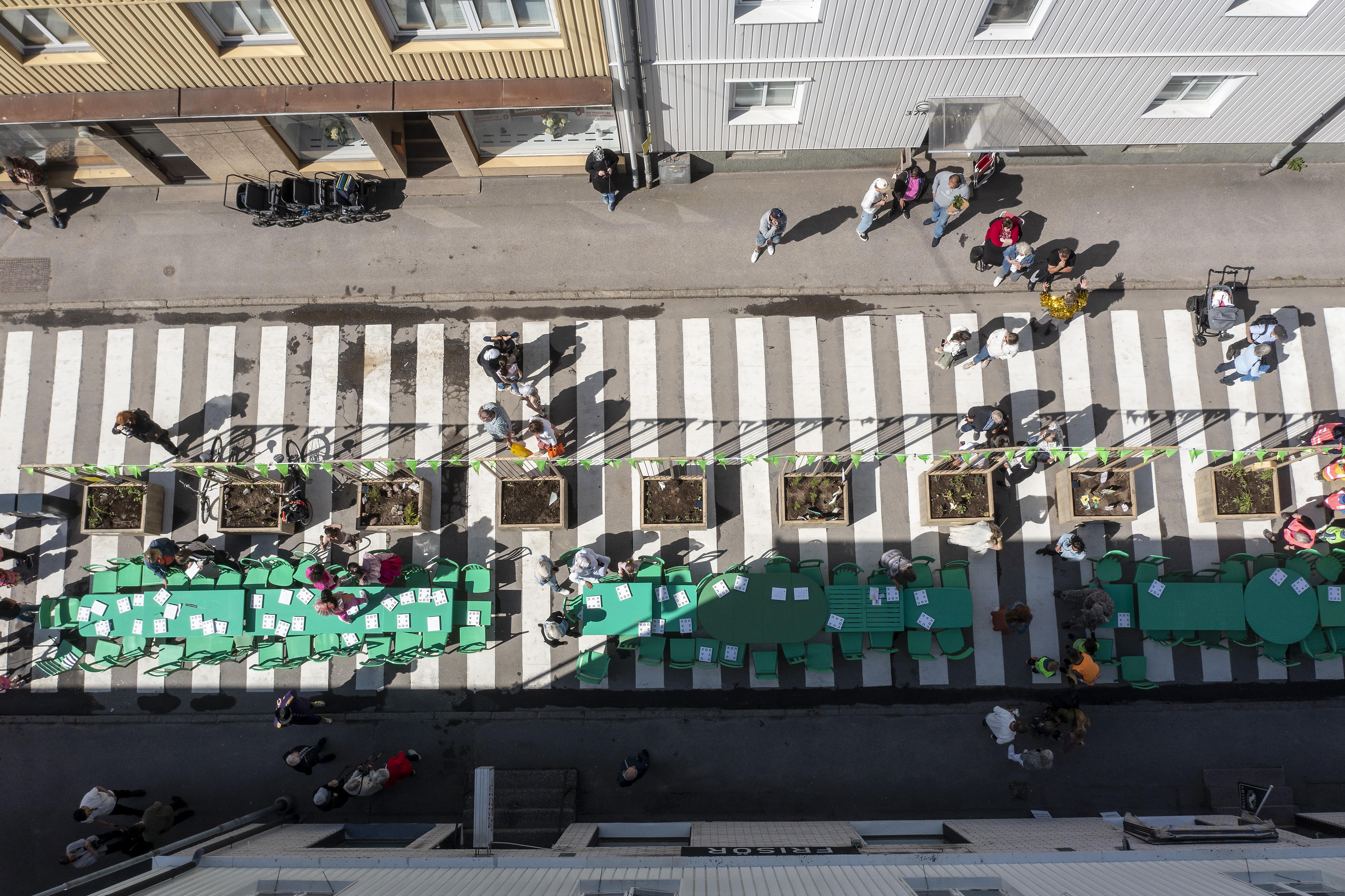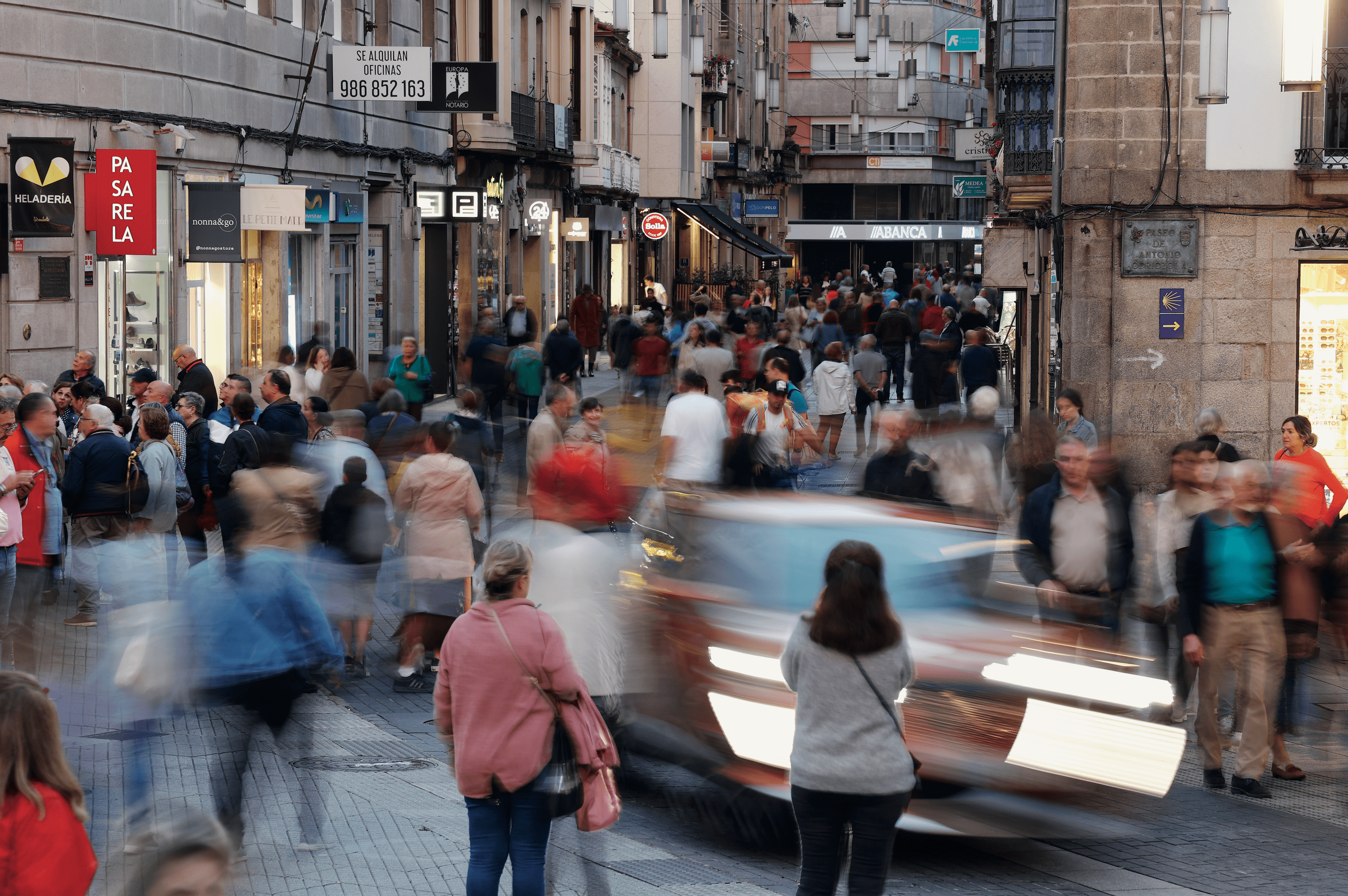

topos 131: 15-minute city
The concept of the 15-minute city is causing a stir in urban planning worldwide. It promises liveable, walkable neighbourhoods in which everything important - from schools and healthcare to workplaces - can be reached within 15 minutes. Paris, Barcelona and Melbourne have already adopted this model. But can it really improve everyday life, reduce emissions and strengthen the sense of community? In view of the World Bank's forecast that almost 70 per cent of humanity will live in cities by 2050, the question arises: is the 15-minute city more than just an ideal? We shed light on the potential, limits and concrete realisation of a concept that could fundamentally change our cities.T
Get a free preview of our current issue – enjoy the read.
about topos
topos - The International Review of Landscape Architecture and Urban Design - focuses on landscape architecture as well as increasingly on architecture and urban planning. It sees itself as an interdisciplinary think tank aimed at addressing the challenges urban areas will face in future. The professional magazine strives to inspire planning practitioners, urban experts and professionals who shape the cities of tomorrow. Every issue of the periodical, that is published quarterly, is dedicated to a different topic and deals with a broad array of projects and planning work in countries all over the world.


Just one minute
The Swedes and their ‘One Minute City’ project: Here, parking spaces are being transformed into lively, communal spaces – right on people's doorsteps. Instead of large-scale urban master plans, the project focuses on small, flexible measures in the immediate street space. With the help of modular wooden elements, parking spaces are being turned into seating areas, green spaces or exercise zones. The goal is to make every street in Sweden healthier, more sustainable and more liveable by 2030. The focus is on participation and change: citizens, often even children, are actively involved in the planning. The street thus becomes a social space – designed by the people who use it. The model shows its strength especially in times of climate and social crisis: it reduces CO₂ emissions, promotes social interaction and strengthens the community. The concept is simple, inexpensive and transferable – a ‘small step’ with a big impact. It shows that urban transformation does not have to be expensive or centrally controlled. It starts on your own doorstep – just a minute away.
Read more about it in the print issue or the ePaper. Bildcredits: Orjan Karlsson


The 20-Minute Neighbourhoods of Portland
More than 20 years ago, Portland, Oregon, began developing the concept of ‘20-minute neighbourhoods’ – a variation on the now globally discussed ‘15-minute city’. The aim was to enable most people to reach their daily needs – such as shopping, education, leisure or health – within a 20-minute walk. The approach was introduced as part of the 2009 Climate Action Plan and firmly established in the Portland Plan in 2012. Despite ambitious goals – including a drastic reduction in car traffic and emissions – the city fell short of its climate targets. Daily vehicle traffic per person hardly decreased, and CO₂ emissions continued to rise. Nevertheless, significant progress has been made: the proportion of the population living in ‘complete’ neighbourhoods has doubled from 30 per cent to 60 per cent in 15 years. This was achieved through targeted investments in public transport, cycling infrastructure and denser development.
Exclusive interview: A special highlight of the magazine is our exclusive interview with Bill Cunningham, a senior planner for the city of Portland. In it, he speaks candidly about the challenges, conflicting goals and future prospects of 20-minute neighbourhoods – and why the concept is more relevant now than ever.
Read more about it in the print issue or the ePaper. Bildcredits: Cristofer Maximilian via Unsplash


A City for People
The Galician city of Pontevedra is internationally recognised as a pioneer in sustainable transport transformation. For over 25 years, it has been pursuing a consistent strategy: car traffic has been largely banned from the city centre. Measures such as the redesign of traffic flows, 30 km/h zones, the removal of parking spaces in favour of green spaces and playgrounds, and a traffic-calmed city centre have significantly improved the quality of life. Car traffic in the centre has fallen by 97 per cent, CO₂ emissions have dropped by 70 per cent, and there have been no traffic fatalities since 2011. Despite initial protests from retailers and residents, there is now widespread acceptance. The city centre has been revitalised, local businesses are benefiting, and the model serves as an example for other cities around the world. Pontevedra proves that bold political decisions, transparent planning and citizen participation can enable successful transformation. The magazine also features an interview with the mayor of Pontevedra, Miguel Anxo Fernández Lores, who has been instrumental in shaping the model for over two decades.
Read more in the print issue or the ePaper. Bildcredit: City of Pontevedra
